When it comes to scaling a business, having a consistent flow of potential customers is just the beginning. The real game-changer lies in how you manage those leads, track their journey, and convert them into loyal customers. This is where CRM (Customer Relationship Management) systems and their handling of leads come into sharp focus.
So, what exactly is a lead in CRM? Why does it matter? How do you differentiate between a lead, a prospect, and a customer? And most importantly, how can you manage leads effectively to grow your business?
In this comprehensive guide, we’ll answer all those questions and more. We’ll walk you through the basics, best practices, tools, and strategies needed to master lead management in a CRM system—so you can increase sales, improve productivity, and maximize ROI.
Table of Contents
What Is a Lead in CRM?
In CRM, a lead refers to an individual or organization that has shown interest in your product or service but has not yet been qualified as a potential buyer.
A lead can enter your CRM system through various channels:
-
Website form submissions
-
Social media ads
-
Webinar sign-ups
-
Cold calls or emails
-
Trade shows and networking events
The main goal of CRM lead management is to capture, qualify, nurture, and convert these leads into sales opportunities and then into paying customers.
Think of leads as seeds. With the right care, follow-up, and nurturing, they can grow into long-term, loyal customers.
Types of Leads in CRM
Understanding the different types of leads helps you assign the right strategy for each one:
1. Cold Leads
People who haven’t interacted much with your brand. Often sourced from purchased lists or outbound efforts. Requires nurturing.
2. Warm Leads
These leads have shown interest (downloaded an eBook, subscribed to your newsletter, etc.). They are aware of your product and are somewhat engaged.
3. Hot Leads
Highly engaged and ready to talk to sales. May have requested a demo, pricing, or spoken with a sales rep already.
4. Marketing Qualified Lead (MQL)
A lead that meets certain criteria to be handed off to the sales team based on engagement and behavior.
5. Sales Qualified Lead (SQL)
A lead that has been vetted by the sales team and is seen as a potential customer based on fit and interest.
Lead vs. Prospect vs. Customer
Here’s how these three differ in the CRM ecosystem:
| Stage | Definition |
|---|---|
| Lead | Initial contact who has shown interest, but not yet qualified |
| Prospect | A lead that fits your ideal customer profile and has shown buying potential |
| Customer | A person or organization that has made at least one purchase |
Understanding this pipeline helps segment and personalize your communication more effectively.
How CRM Helps with Lead Management
Modern CRMs like HubSpot, Salesforce, and Zoho CRM go beyond basic contact storage. Here’s how CRM systems empower you:
-
Centralize data: Every interaction, email, and call logged in one place.
-
Lead segmentation: Group leads based on behavior, geography, demographics.
-
Automated workflows: Follow-ups, email campaigns, lead scoring—all automated.
-
Lead tracking: Know which stage a lead is at and what they’ve engaged with.
-
Sales forecasting: Predict revenue based on lead pipeline data.
Lead Lifecycle in CRM
Here’s a simplified version of the lead lifecycle in most CRM systems:
-
Lead Captured: A visitor fills out a form, calls, or interacts with your brand.
-
Lead Entered into CRM: Manually or automatically added to the CRM.
-
Lead Scored and Qualified: System assigns score based on engagement.
-
Lead Nurtured: Automated or manual follow-ups begin.
-
Lead Converted: Lead becomes a prospect, then an opportunity, then a customer.
Each of these steps can be automated with workflows and triggers in a CRM system, saving time and improving consistency.
Lead Capture Strategies
Your CRM is only as good as the quality of leads you put into it. Here are top strategies to capture high-quality leads:
-
Content Upgrades: Offer bonus PDFs, templates, or case studies in exchange for emails.
-
Landing Pages: Create optimized pages with strong CTAs for webinars, demos, or free trials.
-
Chatbots & Live Chat: Tools like Tidio or Drift can qualify leads instantly.
-
Social Media Ads: Platforms like LinkedIn and Facebook allow lead gen forms directly within ads.
-
Email Subscriptions: Use pop-ups and footers to collect subscribers interested in your newsletters.
Lead Qualification: Turning Data into Opportunity
Not every lead deserves your full attention. Lead qualification is the process of evaluating if a lead is worth pursuing.
Criteria to Qualify Leads:
-
Demographics: Are they in your target industry or location?
-
Budget: Can they afford your product or service?
-
Need: Does your offering solve a real problem for them?
-
Timeline: When are they looking to buy?
-
Authority: Are you talking to the decision-maker?
Lead scoring—assigning points to each lead based on actions and attributes—can automate this evaluation.
Tools like HubSpot, Marketo, or Keap offer built-in lead scoring functionalities.
Lead Nurturing: Building the Relationship
Once you’ve captured and qualified leads, the next step is nurturing them. This involves keeping them engaged with personalized content and communication until they’re ready to buy.
Lead Nurturing Strategies:
-
Email drip campaigns based on lead interests
-
Retargeting ads for website visitors
-
Retaining attention with educational blog posts or videos
-
Case studies and testimonials to build trust
-
Personal outreach via CRM-based tasks
The more personalized your outreach, the more likely your lead will convert.
Best CRM Tools for Lead Management
Looking for the best tools to streamline your lead management process? Here are top CRMs businesses are using in 2025:
1. HubSpot CRM
Free forever plan, easy-to-use interface, and strong automation tools.
2. Salesforce Sales Cloud
Enterprise-grade CRM with deep customization and AI-driven insights.
3. Zoho CRM
Affordable for small businesses, yet powerful for larger teams.
4. Pipedrive
Pipeline-focused CRM ideal for small sales teams.
5. Freshsales
AI-powered CRM with built-in phone and email integrations.
Compare features on Capterra or G2 to find the best fit.
Best Practices for Managing Leads in CRM
To ensure success, follow these tried-and-tested practices for lead management:
-
Clean your data regularly – Remove duplicates and outdated contacts.
-
Tag and segment leads – Improve personalization and targeting.
-
Automate where possible – Use workflows for email sequences, lead scoring, and reminders.
-
Track all interactions – Maintain full visibility into communication history.
-
Integrate with marketing tools – Connect email marketing, analytics, and ad platforms to your CRM.
-
Train your team – Ensure everyone knows how to use the CRM correctly.
-
Measure KPIs – Monitor conversion rates, cost per lead, and lead response time.
Conclusion
Understanding what a lead in CRM is—and how to manage it effectively—can radically transform your business. Instead of scrambling to track leads in spreadsheets or relying on luck, CRM systems provide a structured, scalable, and intelligent way to nurture relationships.
By implementing the right tools, following best practices, and focusing on continuous optimization, you’ll create a predictable and high-performing sales engine.
Whether you’re just starting out or looking to fine-tune your sales operations, embracing CRM-based lead management will unlock real growth opportunities for your business.














